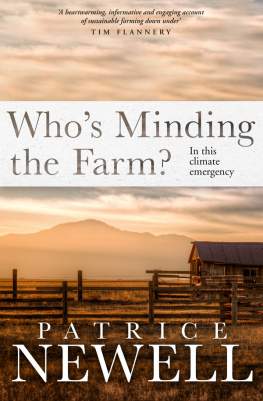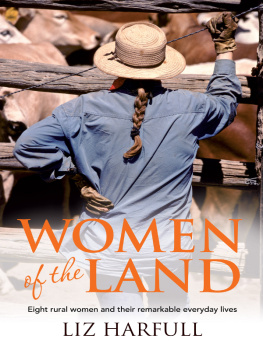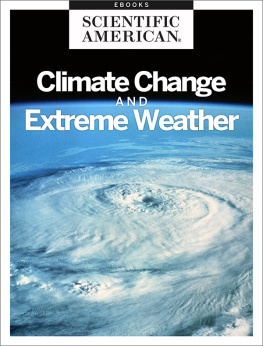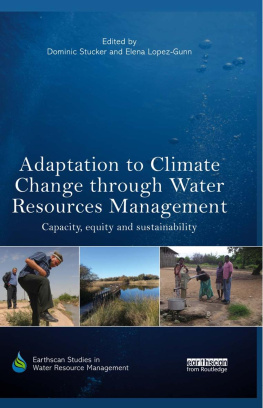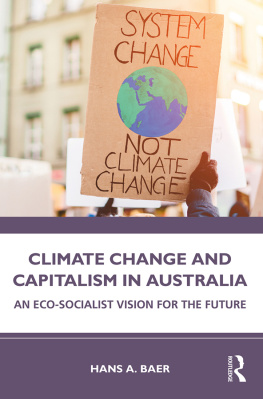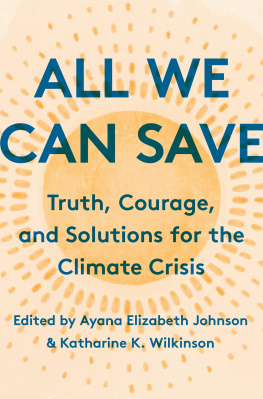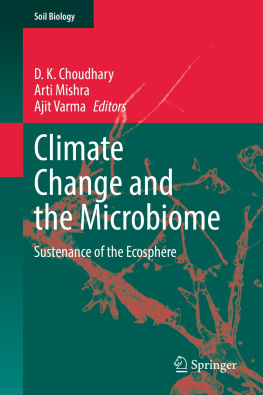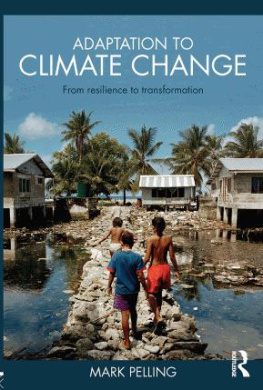Deb Anderson 2014
All rights reserved. Except under the conditions described in the Australian Copyright Act 1968 and subsequent amendments, no part of this publication may be reproduced, stored in a retrieval system or transmitted in any form or by any means, electronic, mechanical, photocopying, recording, duplicating or otherwise, without the prior permission of the copyright owner. Contact CSIRO Publishing for all permission requests.
National Library of Australia Cataloguing-in-Publication entry
Anderson, Deb, author.
Endurance: Australian stories of drought/Deb Anderson.
9781486301201 (paperback)
9781486301218 (epdf)
9781486301225 (epub)
Includes bibliographical references and index.
Droughts Social aspects Victoria Mallee.
Droughts Social aspects Australia.
Rural population Victoria Mallee Social conditions.
Rural population Australia Social conditions.
Climatic changes Social aspects Victoria Mallee.
Climatic changes Social aspects Australia.
Mallee (Vic.) Social conditions.
Mallee (Vic.) Rural conditions.
Australia Rural conditions.
363.3492909945
Published by
CSIRO Publishing
150 Oxford Street (PO Box 1139)
Collingwood VIC 3066
Australia
Telephone: +61 3 9662 7666
Local call: 1300 788 000 (Australia only)
Fax: +61 3 9662 7555
Email: publishing.sales@csiro.au
Website: www.publish.csiro.au
Front cover and title page: Mr and Mrs Smith celebrating the end of the drought at Mount Fraser Homestead (photograph taken to illustrate a story in the Sun newspaper), c. 1931, The Biggest Family Album in Australia, Museum Victoria, MM 004318.
Set in Adobe Garamond Pro 10.5/13.5
Cover design by Andrew Weatherill
Typeset by Desktop Concepts Pty Ltd, Melbourne
Index by Jackie Bos
Printed in China by 1010 Printing International Ltd
CSIRO Publishing publishes and distributes scientific, technical and health science books, magazines and journals from Australia to a worldwide audience and conducts these activities autonomously from the research activities of the Commonwealth Scientific and Industrial Research Organisation (CSIRO). The views expressed in this publication are those of the author(s) and do not necessarily represent those of, and should not be attributed to, the publisher or CSIRO. The copyright owner shall not be liable for technical or other errors or omissions contained herein. The reader/user accepts all risks and responsibility for losses, damages, costs and other consequences resulting directly or indirectly from using this information.
Original print edition:
The paper this book is printed on is in accordance with the rules of the Forest Stewardship Council. The FSC promotes environmentally responsible, socially beneficial and economically viable management of the worlds forests.
Preface and acknowledgements
Although drought is a pervasive aspect of its climate, Australia has no permanent, major museum exhibition devoted to the topic. In 2005, the National Archives unveiled what was then the closest thing to it: Just Add Water: Schemes and Dreams for a Sunburnt Country, a touring exhibition depicting a story of the non-Indigenous struggle to manage water on the driest inhabited continent. Drawn from several-hundred kilometres of government files, photographs, maps and other records, this curation of history and memory spoke to the preoccupations of contemporary Australians. As curator Jay Arthur reflected: The topic was chosen because water and its management is becoming one of the issues of the twenty-first century and I wanted to show the relevance of the Archives historic collection to arguments about water management today. Arthurs words acknowledged the dialogue between past and present, thus the significance of the historical and cultural dimensions of climate, shaping ways we imagine the future. I was two years into this drought collection, and recall how those words cut to the heart of its preoccupations, too.
In 2003 this work began under a four-year grant, jointly sponsored by the Australian Centre (then a vibrant hub of teaching and research at the University of Melbourne) and the institution responsible for the states scientific and cultural collections, Museum Victoria. That Melbourne Research Scholarship reflected a unique partnership, founded to further understanding of critical historical and contemporary issues in Australian agriculture. The idea was for a researcher to engage with Museum Victorias extensive collections relating to the rural past. In that respect, the project developed in ways not nearly as straightforward as first envisaged.
Museum Victoria has been gathering material and conducting research since 1854 (then as the National Museum of Victoria) and acquired major collections of international standing. Among its vast storehouses of history and memory, the bulk of material culture relating to agriculture is held within the Sustainable Futures Collection. A primary focus is on histories of technology, cross-referenced in a monumental assemblage of trade literature and other collections such as The Biggest Family Album in Australia (more than 9000 photographs dating from the 1870s to the 1950s). Prize elements include one of the most significant industrial heritage collections in Australia, relating to manufacturer H. V. McKay, as well as models of nineteenth- and early twentieth-century machinery, steam and traction engines, early samples from the Australian whaling, sealing, timber and economic botany industries, a wind turbine and a rather mesmerising collection of barbed wire samples of innovation fuelled by Enlightenment ideas of progress, reconstructed on Australian soil.
When I began with the Museum as a research associate, several observations stood out. Little of its collections relating to the agricultural past was on display at Melbourne Museum or Scienceworks, the two main exhibition halls in the Victorian capital. Perhaps ideas about Australian rural culture were present in this very condition of preservation, with the
Also striking were prevailing themes of survival, uncertainty and adaptation. In some instances, such themes were explicit in the dry and drought-prone landscapes featuring as backdrop for imagery and text. Or they were more implicit, for example as impetus for the engineering of technologies viewed as hallmarks of Australian innovation, items such as the stump-jump plough whose blade was set to ride over the top of tree stumps welcomed in the early twentieth century by farmers whose blocks of land had been newly created from the wholesale clearance of native bush, in places such as the Victorian Mallee. Certainly, Museum Victorias collections sparked my interest in that beguiling, drought-prone region of inland Australia, where a history of endurance is thrown into sharp relief.


